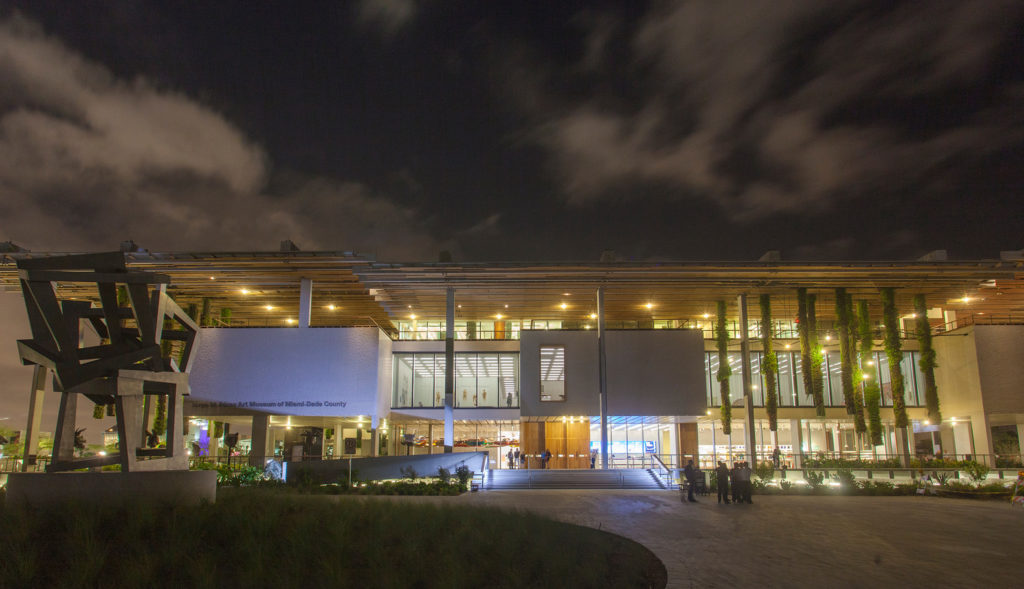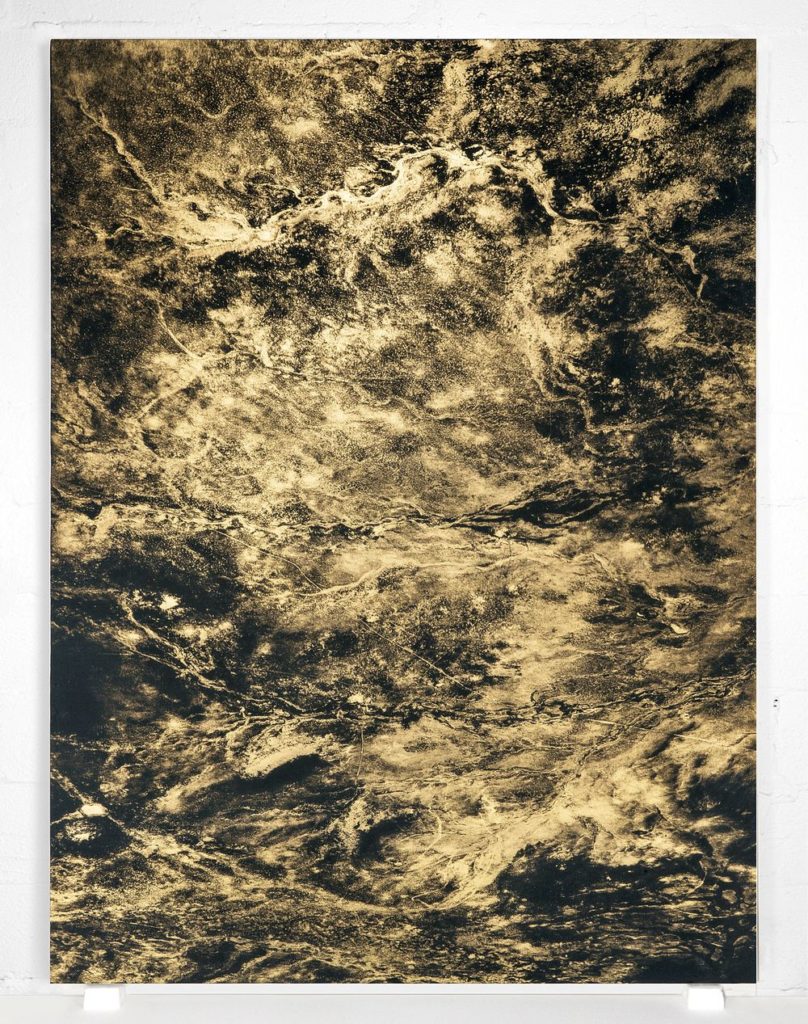Art World
As Hurricane Irma Moves Toward Florida, Museums Shutter Up and Prepare for the Worst
Irma is the most powerful Atlantic hurricane on record.

Irma is the most powerful Atlantic hurricane on record.

Sarah Cascone &
Caroline Goldstein

Hurricane Irma battered Puerto Rico, Barbuda, St. Martin, Anguilla, and parts of the British Virgin Islands on Wednesday. With rain and winds of up to 185-miles per hour, the category five hurricane is leaving a trail of flooding and devastation in its path, as it now moves west toward Turks and Caicos, the Bahamas, and Florida. Ahead of Irma’s expected arrival, Governor Rick Scott has declared a state of emergency in the Sunshine State, where residents are evacuating and art museums are preparing for the worst.
The exact path of the storm is difficult to predict, but Irma could very well make landfall in Florida over the weekend. Even if Irma steers clear of the mainland US, Florida’s art museums aren’t taking any chances, and the American Institute for Conservation of Historic and Artistic Works is warning collection institutions to take precautions.
“Extreme weather is a concern we take very seriously at the Bass,” the Miami Beach museum’s executive director, Silvia Karman Cubiñá, told artnet News in an email. “The Museum has an Emergency Preparedness Plan in place to brace for Hurricane Irma and we are working closely with the City of Miami Beach to ensure the safety and security of our staff and our building. As a precautionary measure, for example, we are de-installing the Sylvie Fleury Eternity Now neon on the façade of the museum and taking other precautionary measures to safeguard the building.”
Many museums in the region are taking heed of the warning by shutting down altogether until the storm passes.
In Miami’s Design District, the ICA Miami, which will open its new facility in December, closed its offices on Wednesday. “ICA Miami’s new home adheres to the hurricane code required by the county, as all new buildings in Miami Dade,” a representative for the museum said in an email, noting that there is no art on site yet: “It’s all being held in a state-of-the-art storage facility, which also adheres to hurricane codes.”
The Pérez Art Museum Miami is also shuttering for a long weekend. Sited on a raised platform to help ride out flood surges, the waterfront museum was specifically built to be hurricane resistant.
In West Palm Beach, the Norton Museum of Art has decided to preemptively close its doors beginning Thursday, but some of the staff will hunker down inside the nearly 80-year-old structure to see it through the storm.
“We have something of an emergency skeleton crew staying at the museum, which was built in 1941. The head of operations, head of security, and some curators and maintenance staff will stay in the building—they have enough food and water for about four days and will be keeping tabs on the building, facility, and artwork,” said director of communications Scott Benarde.
The museum plans to rely on its diesel-powered generator in case of loss of electricity and has done its best to secure construction sites, although there are no plans to evacuate the collection. “At this point, the safest place for the art is on the walls,” Benarde said. “Everyone’s senses are heightened in the aftermath of Harvey, so it is definitely having an effect.”

Justin Guariglia, LANDSCAPE STUDY I, GOLD (2014, fabricated 2015). Courtesy of the artist, © Justin Guariglia.
In an ironic twist, the closure has forced the museum to cancel a talk from artist Justin Guariglia on his show “Earth Works: Mapping the Anthropocene,” which opened September 5 and explores the impact of human activity on the planet, including ecological disasters such as hurricanes.
The timing wasn’t lost on the artist. “I guess you can say, this is when art goes meta,” Guariglia wrote in an email to artnet News. “Whether you believe the climate is changing because of human forces or not, it’s impossible to refute we have entered into a new geological period of ecological reckoning, and everything on the planet is affected,” he added.
While institutions are doing their best to protect their art and architecture, human safety remains paramount. “Our number one priority,” insisted Cubiñá, “is ensuring that our staff and community are prepared for this event and we hope everyone remains safe during and after the storm.”
Hurricane season is off to a calamitous start in 2017. Just as Texas and Louisiana have begun to dry out following last week’s devastating Hurricane Harvey, Irma began picking up steam. In its wake, and now brewing off the Atlantic, are Jose and Katia. Both storms were upgraded to category one hurricanes on Wednesday, according to NBC News.
Hurricane Irma is already the most powerful storm ever recorded in the Atlantic Ocean; time will tell if it is also the most destructive. Should the hurricane hit Florida, cultural organizations can call the National Heritage Responders 24-hour hotline for advice from conservators, or turn to the Foundation of the American Institute for Conservation for free emergency response assistance.
Additional reporting by Brian Boucher and Julia Halperin.